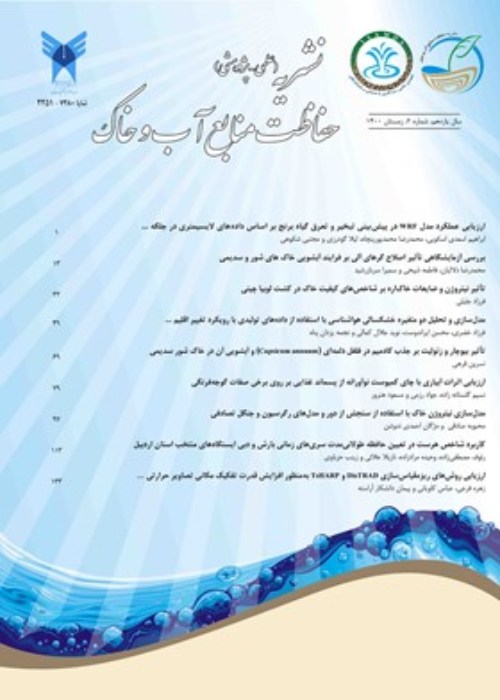Modeling The Behavior of Concrete Dams using Artificial Neural Network and Logistic Regression Methods
Dam measurement and behavior assessment is a new issue that can be due to changes in available parameters to develop a model examining the behavior of individual parameters on the dam as well as on each other and analyze the changes and create the necessary policies. This study aims to propose a hybrid method involving logistic regression with particle swarm optimization algorithm with real value to predict the behavior of dam equipment.
In this study, from 365 days data, from 04/20/2018 to 04/20/2019, of which 600 sets of dam equipment data including parameters of water temperature, water level, valve pressure, sedimentation rate, pore pressure, air temperature, inlet water volume, specific dam characteristics, concrete conditions, reservoir water level, horizontal and vertical displacement, transmission connection components and ground acceleration, strength, pressure, tensile and high stress were used for modeling. Real value-logistic regression and 120 datasets were used for modeling the should be added of particle group optimization algorithm. To evaluate the performance of the proposed method, four statistics including coefficient of determination (R2), root mean square error (RMSE), scattering coefficient (SI), and means bias error (MBE) were used.
The results showed that the model has an acceptable performance in predicting piezometric pressure in the dam body. Also, the results of the artificial neural network model show acceptable convergence with R2 = 0.930 and SSI = 8.587. The results related to the training data of the model also indicate that the mean (µ) and standard deviation (σ) of the proposed model are equal to 1.341 and 1.526 for the training data and these values for the validation data are equal to 1.576 and 2.247, respectively indicating the good performance of the proposed model. In the cumulative probability criterion, the proposed model with P50 = 0.940 and P90 = 1.742 indicates that the results are acceptable.
The results indicate that the real value-logistic regression particle swarm optimization implements the principle of structural risk reduction instead of minimizing the experimental risk that provides excellent generalization for small sample sizes. The ratio of predicted piezometric values to read values for about 72% of the data in this model is about one, indicating the appropriate training and predictive power of this model. Finally, according to the evaluation criteria, the hybrid model performs better than the presented methods.
- حق عضویت دریافتی صرف حمایت از نشریات عضو و نگهداری، تکمیل و توسعه مگیران میشود.
- پرداخت حق اشتراک و دانلود مقالات اجازه بازنشر آن در سایر رسانههای چاپی و دیجیتال را به کاربر نمیدهد.



